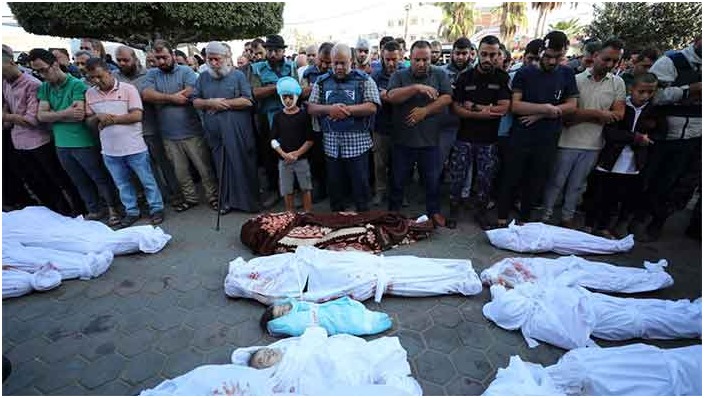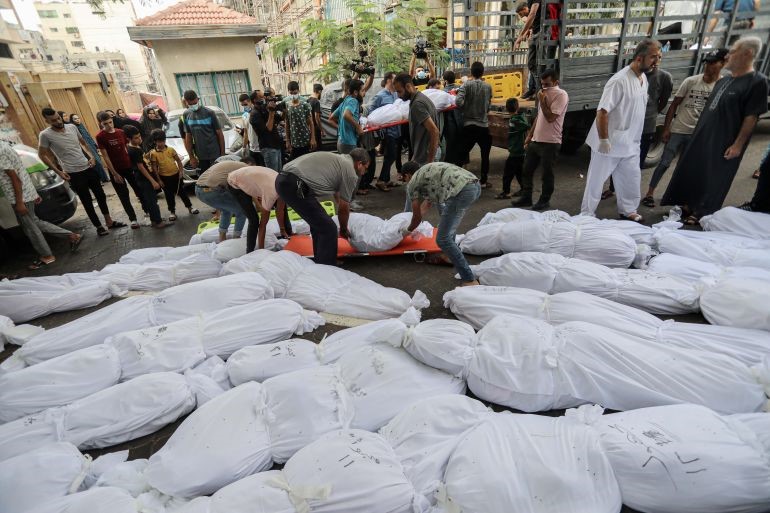New regional configurations taking lead in Afghanistan war
0 comments | by Salman Rafi Sheikh

About two weeks ago Pakistan reportedly hosted spy-chiefs of Russia, China and Iran to formulate a joint policy and a platform for extended co-operation in Afghanistan against the rising threat of the Islamic State in Khorasan (IS-K) in Afghanistan. Whereas the fact of Pakistan hosting these talks highlights Pakistan’s own pivot to regional powers against the cold relations with the US, equally highly significant is the unprecedented Iranian presence in Pakistan, happening at a time when the US-Iran relations are at all time low and when Pakistan is actively seeking to re-configure its frozen ties with Iran. Pakistan’s Army chief was in Iran in November 2017 to discuss security ties with high Iranian officials, including Rouhani himself. And, soon after the said meeting of spy-chiefs, Iran’s Chief of the Staff was in Pakistan on a three-day official visit–again an unprecedented visit–on the invitation of Pakistan army chief.
While these visits indicate the unfreezing of ties, what is implicit also is that these visits might not have happened until Iran had some assurance that Pakistan was no longer in the US nexus and that Pakistan’s pivot to regional states was a part of broader strategic shift within Pakistan, roots of which can be traced back to Pakistan’s growing economic and defense cooperation with China under the CPEC, and Pakistan’s desire to tie a strong knot with Russianmilitary industry to reduce its dependence on the US. As far as Iran’s interest is concerned, itsbetter ties with Pakistan open for it the doors to become a key partner in CPEC. Besides it, its relations with China are going to act as the centre-piece in its strategy to counter and off-set fresh US sanctions. China is going to double its oil imports from Iran, is willing to have Iran in its New Silk Roads and has already invested hundreds of billions of dollars. For Russia, the prime concern remains US military presence in the region. By allying with the regional players, Russia is building pressure on the US to find a face-saving exit from Afghanistan. Against this context, the said meeting of spy-chiefs indicates nothing else but new regional fault-lines being drawn that are highly likely to re-configure the southern, western, eastern and central Asianstrategiclandscape. Therefore, while the basic agenda of the meeting was the imperative of countering the rising threat of IS-K–something that has been on the rise despite a strong US military presence, proving its inefficiency or even collusion as the Russians have been claiming for some time now—the meeting also indicated the regional bloc’s intention to have a greater say in Afghanistan to end the war. The said meeting was quickly followed by a Russian announcement of its intentions to invite the Afghan Taliban to the second round of Russian initiative on Afghanistan. Whereas this invitation is likely to be used to showcase Russia’s constructive role in mediating the conflict in Afghanistan, this invitation is also a part of the regional bloc’s policy to slowly take the lead in its own hands and use even SCO, which has its own definition of terrorism, to facilitate a political settlement.
As a matter of fact, in the last SCO summit in Qingdao, China’s Xi Jinping did outline his strategy to increase the role of the SCO-Afghanistan Contact Group in bringing a peaceful solution to the Afghanistan conflict and part of the solution is, undoubtedly, to integrate the Taliban as a legitimate political force in Afghanistan. As the recent spy-chiefs meeting indicated, none of the regional players consider the Taliban as a threat. On the contrary, they see the un-resolved conflict in Afghanistan as the reason for the spread of IS-K. Therefore, their primary concern in Afghanistan is and will not be the Taliban, much to the disappointment of the US which continues to blame Russia for weaponising the Taliban militants. Clearly, the new regional bloc doesn’t see Afghanistan conflict as the one between the Taliban and the US, NATO and Afghan forces. The new regional bloc sees this conflict as the one between them and the IS-K, its ideological sympathisers and financers, implying that the ‘war on terror’ lens can no longer be used to understand and resolve the conundrum.
A
And while the US continues to blame Russia for arming the Taliban, even the US can’t just talk the regional configurations out by simply refusing to pay heed to them. As a matter of fact, the US can’t help it, and is already in the middle of deciding to review president Trump’s Afghanistan strategy amid indications of their intention to do direct talks with the Taliban. With the new regional configuration thus extensively increasing its cooperation in Afghanistan and with the US responding to it by reviewing its last years strategy, it is evident that the power to determine, shape or even decide the outcome of the war is no longer solely in the hands of the US or NATO. The new regional configuration on Afghanistan has significantly changed Afghanistan’s war landscape, and with world increasingly seeing this war as the one between IS-K and the regional countries, the US led ‘war on terror’ against the Taliban starts looking pointless, needing to be resolved soon.





